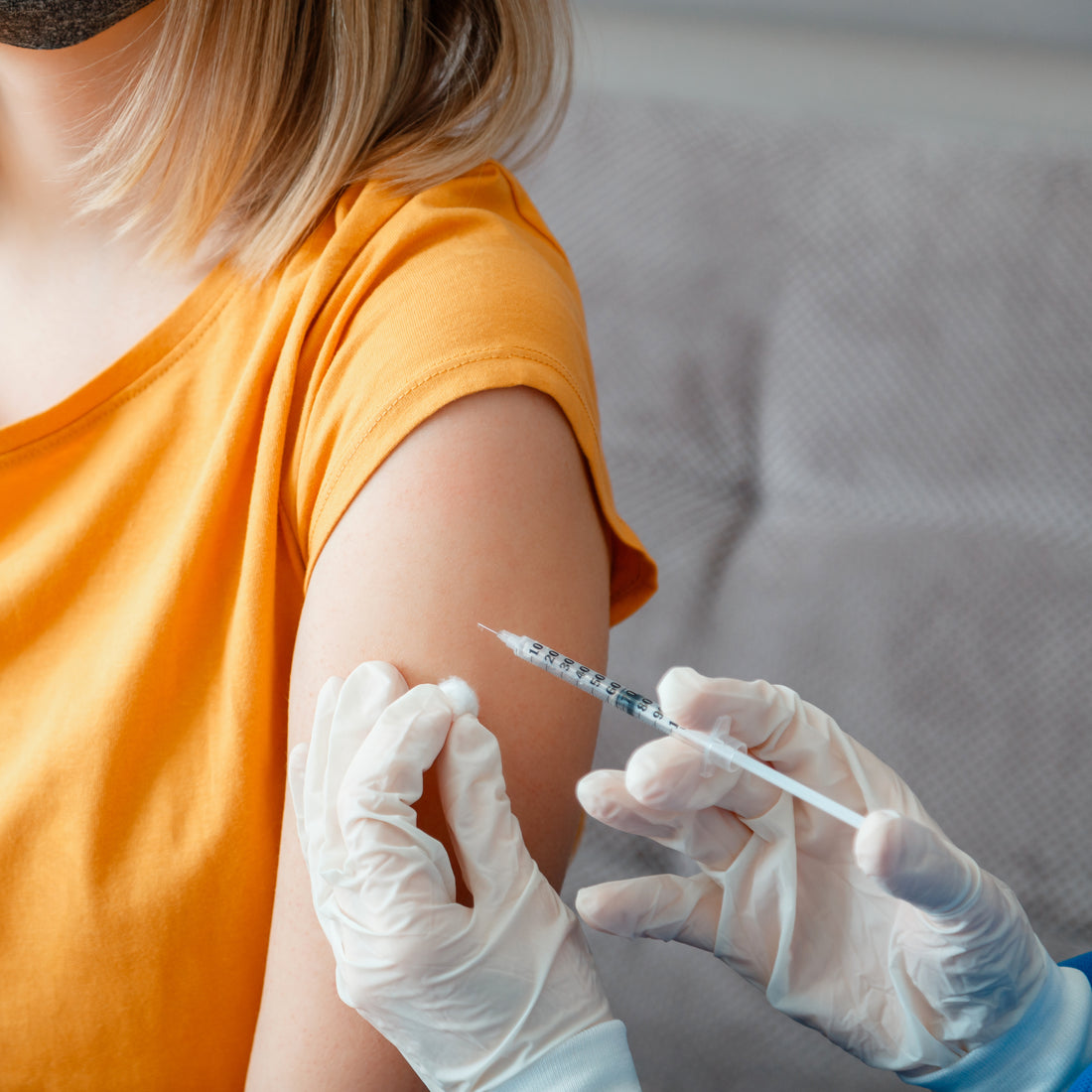Botox, a term that has become synonymous with youthful skin, is a purified form of *botulinum toxin* that is used cosmetically to reduce the appearance of fine lines and wrinkles. It works by temporarily paralyzing the muscles beneath the skin, giving the skin a smoother and more refreshed look. While Botox is primarily known for its ability to *erase wrinkles* around the forehead, eyes, and mouth, it has several other applications that extend beyond the cosmetic.
Medically, Botox is used to treat a variety of conditions, such as chronic migraines, excessive sweating (hyperhidrosis), and even certain bladder and muscular disorders. It is a versatile solution that is often sought after by those looking to delay the signs of aging or manage certain health issues effectively.
In the aesthetic industry, *Botox injections* are celebrated for their quick results and minimal downtime. Typically, the effects of Botox become noticeable within a few days post-injection, with the results lasting anywhere from 3 to 6 months, depending on the individual's metabolism and the treated area. This makes it a popular choice for those seeking a non-permanent solution to aging gracefully.
However, as with any treatment, it is crucial to weigh the advantages against potential disadvantages. Before opting for Botox injections, it is advisable to consult with a professional to ensure that it is the right choice for your specific needs and expectations. At Beauty O’Clock Medical Spa, we offer expert guidance and personalized consultations. Book an appointment for a free consultation or call us at 647-812-8752 for more information.
Common Side Effects of Botox
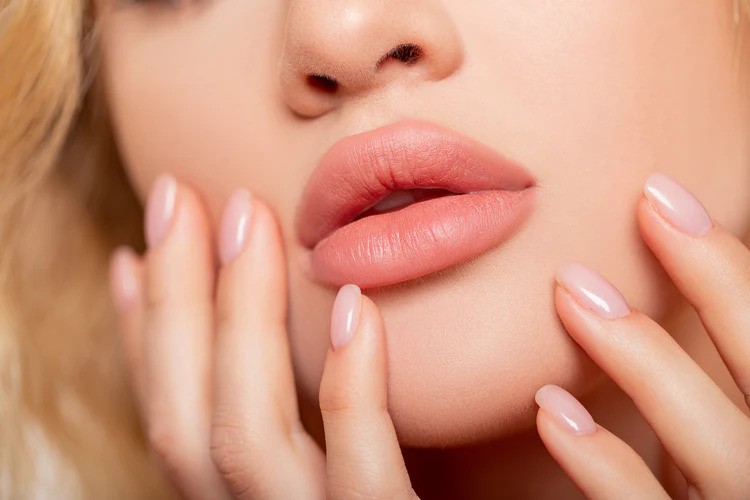
While Botox is widely regarded as a safe and effective treatment, it is not without its potential side effects. Understanding these side effects can help you make an *informed decision* about whether Botox is right for you. Many of the common side effects are mild and temporary, but it is essential to be aware of them before proceeding with treatment.
The most frequently reported side effects include:
- Bruising and Swelling: As with any injection, minor bruising and swelling at the injection site can occur. These effects are typically short-lived and should subside within a few days.
- Headache: Some individuals may experience a mild headache following the treatment, which usually resolves on its own.
- Drooping Eyelids or Brows: In some cases, Botox can cause temporary drooping of the eyelids or eyebrows, particularly if injected near the eyes. This effect generally diminishes as the Botox wears off.
- Dry Eyes or Excessive Tearing: These side effects can occur if Botox is used around the eyes, impacting tear production.
- Flu-like Symptoms: Some people report experiencing mild flu-like symptoms shortly after the treatment, such as fatigue or a slight fever.
It is important to note that these side effects are generally mild and tend to resolve without any intervention. However, in rare cases, more severe reactions can occur, and it is crucial to consult with a healthcare professional if you experience any unusual symptoms. By choosing a qualified and experienced practitioner, the risk of side effects can be minimized significantly, ensuring a smoother and more satisfactory treatment experience.
Potential Long-Term Effects of Botox
While Botox is a non-surgical cosmetic procedure with a relatively safe profile, concerns about its **potential long-term effects** remain pertinent for many considering this treatment. Understanding these effects requires a look at how Botox works and the cumulative impact of repeated treatments over time.
Botox functions by temporarily paralyzing specific facial muscles, which may lead to long-term changes in facial dynamics. For some, this can result in a more relaxed facial appearance over time, as the muscles become conditioned to the lack of movement. However, continuous use might lead to unintended outcomes. One potential effect is the weakening of treated muscles, which can cause *muscle atrophy*. This is generally more noticeable in individuals who undergo frequent and high-dose treatments over several years.
Additionally, some experts suggest that repeated Botox injections might lead to a *loss of facial expressiveness*. While Botox aims to reduce unwanted wrinkles, prolonged use could diminish the ability to convey emotions naturally, leading to a somewhat "frozen" appearance.
Another consideration is the potential for developing *antibodies to Botox*. In rare cases, the body may begin to produce antibodies against the toxin, rendering future treatments less effective. This phenomenon underscores the importance of administering the lowest effective dose to achieve desired results.
It is crucial for individuals considering long-term Botox use to discuss these potential effects with a qualified professional. By tailoring the treatment plan to individual needs and spacing appointments appropriately, many of these concerns can be mitigated, ensuring a balanced and natural-looking outcome.
Cost Considerations of Botox Treatments
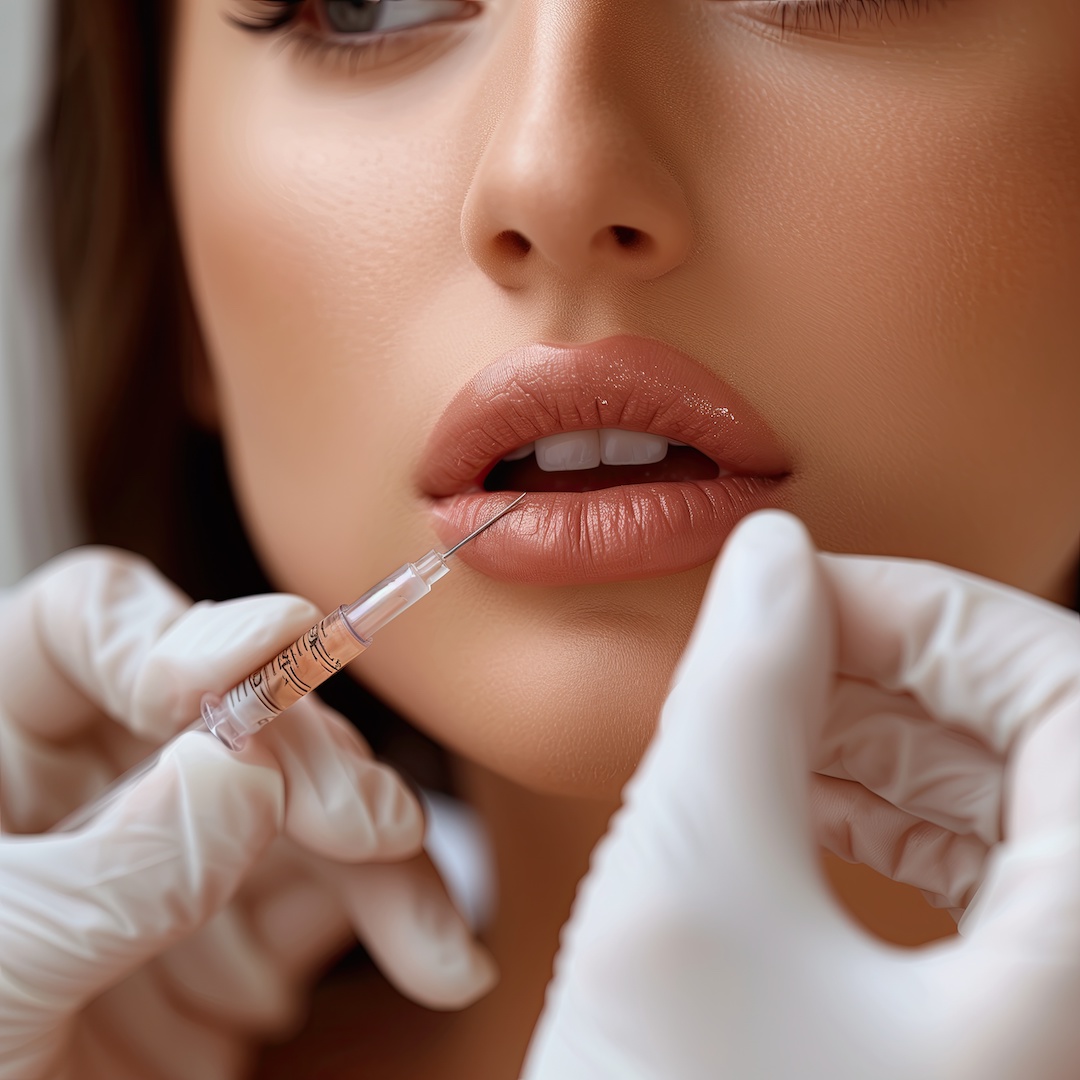
When contemplating Botox treatments, one of the key aspects to consider is the **cost** involved, as it can vary widely based on several factors. Understanding these cost considerations can help individuals make an informed decision and plan their beauty budget effectively.
Typically, Botox treatments are priced per unit, with the cost per unit ranging from *$10 to $20* depending on the location and expertise of the practitioner. The number of units required for a treatment can vary significantly based on the area being treated and the desired results. For instance, treating the forehead usually requires more units compared to smaller areas such as crow's feet.
In addition to the cost per unit, geographical location plays a critical role. Urban areas with a higher cost of living often see elevated prices for Botox treatments. Similarly, the reputation and experience of the medical spa or practitioner can influence the price — seasoned professionals or high-end clinics may charge premium rates.
Moreover, it's important to consider that Botox is not a one-time expense. The effects typically last between *three to six months*, necessitating multiple sessions per year to maintain results. This ongoing cost can add up, making it essential to factor in the *long-term financial commitment* when evaluating Botox as a cosmetic option.
Finally, some clinics offer *package deals* or loyalty programs which can reduce the overall cost for regular clients. It's advisable to inquire about such options to maximize value. By understanding these cost considerations, individuals can better navigate their Botox journey, ensuring it aligns with their financial and aesthetic goals.
Variable Results from Botox Injections
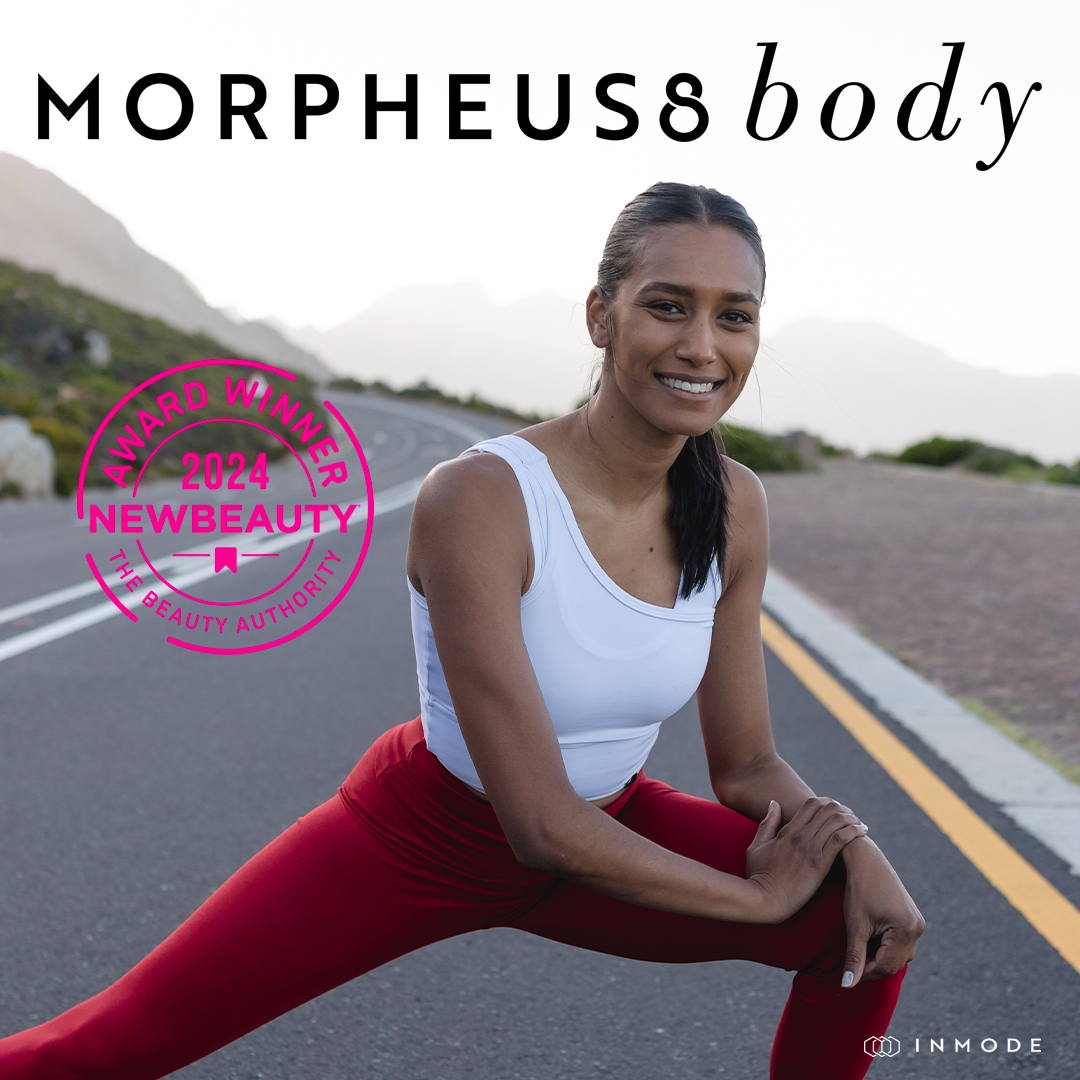
One of the potential drawbacks of Botox injections is the **variability in results** experienced by different individuals. While many people report satisfying outcomes, the degree of effectiveness can differ based on a range of factors. Understanding these variables can help manage expectations and ensure a more tailored treatment approach.
Firstly, *individual biology* plays a significant role in how Botox affects a person. Factors such as skin type, muscle structure, and even genetic predispositions can influence how well the treatment works. For instance, some individuals may metabolize the toxin faster, resulting in a shorter duration of effect.
Another critical factor is the *skill and technique* of the practitioner administering the injections. The precision with which Botox is injected can significantly impact the outcomes. An experienced practitioner will have a keen understanding of facial anatomy and adjust their technique to suit the unique needs of each client, thereby enhancing the likelihood of achieving the desired results.
The *area being treated* also contributes to result variability. Larger muscle groups, like those in the forehead, may require more units and could exhibit more noticeable results compared to smaller areas. Additionally, the severity of the wrinkles or lines being treated will affect how dramatic the changes appear.
Finally, lifestyle factors such as *sun exposure, smoking, and skincare routines* can affect the longevity and visible results of Botox. Clients who maintain a healthy lifestyle and follow post-treatment care instructions are likely to see more enduring benefits.
In conclusion, while Botox can deliver impressive results, it is vital to recognize that outcomes can vary. A thorough consultation with a qualified professional can help set realistic expectations and develop a personalized treatment plan.
Alternatives to Botox Injections
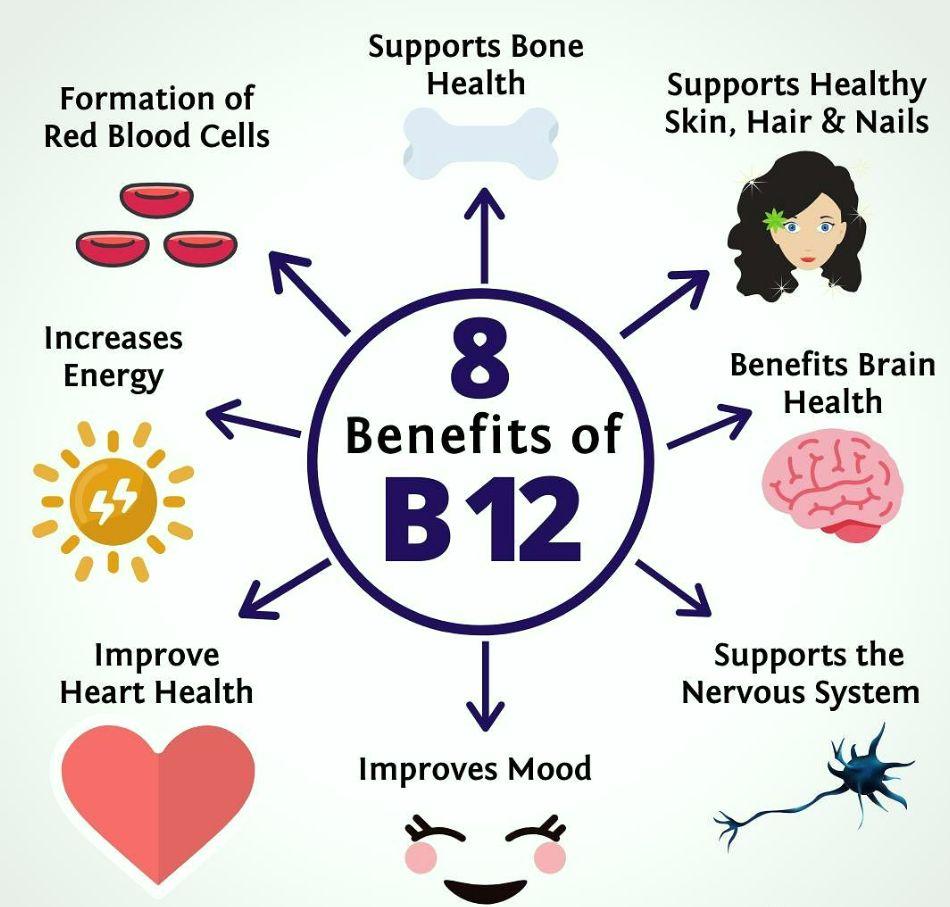
For those hesitant about the potential disadvantages of Botox injections, exploring alternative treatments can provide viable options for achieving similar aesthetic goals. Each alternative comes with its own set of benefits and considerations, making it essential to choose one that aligns with your needs and preferences.
Dermal fillers are a popular alternative, used to plump and smooth areas of the face. Unlike Botox, which relaxes muscles, dermal fillers add volume to hollow areas or deep lines, offering immediate results that can last from several months to over a year, depending on the product used.
Morpheus8 RF Microneedling is another option, particularly for those targeting skin tightening and texture improvement. This procedure combines microneedling with radiofrequency energy to stimulate collagen production, effectively reducing the appearance of wrinkles and improving skin tone.
For non-invasive skin rejuvenation, the OxyGeneo facial offers a three-in-one solution: exfoliation, infusion, and oxygenation. This treatment enhances skin oxygen levels naturally, improving its radiance and texture without the use of needles.
Additionally, InMode Forma RF and Lumecca IPL are excellent choices for those seeking skin tightening and pigmentation reduction, respectively. InMode Forma uses radiofrequency to promote collagen and elastin production, while Lumecca IPL targets pigmentation issues, enhancing overall skin clarity.
Before deciding on an alternative treatment, it’s advisable to consult with a professional to discuss your goals and medical history. At Beauty O'Clock Medical Spa, we offer a range of advanced treatments tailored to meet diverse skincare needs. Book an appointment / free consultation or call 647-812-8752 for more info. Let us help you find the best solution for your beauty aspirations.
